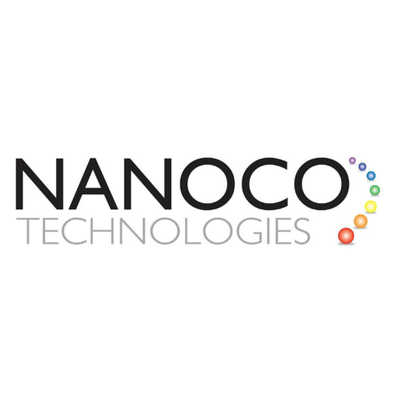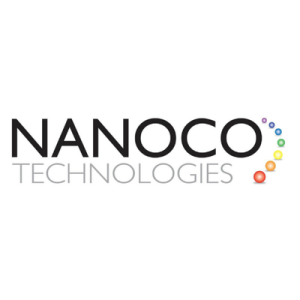Quantum dots (QDs) are artificial nanostructures, specifically semiconductor nanocrystals, that exhibit quantum mechanical behaviour. These unique properties stem from their size, shape, composition, and structure. Discovered by Russian physicist Alexey I. Ekimov in 1981, quantum dots range in diameter from 2 to 10 nanometres, with their colour varying according to their size. They are categorised into different types based on their composition and structure, including core type, core-shell, and alloyed quantum dots.
Quantum dots emit light when excited, with smaller dots producing higher energy light. Manufacturers can precisely control the size of quantum dots, allowing them to tune the wavelength of the emitted light to specific colours. This ability has led to their application in diverse fields such as solar cells, transistors, LEDs, medical imaging, and quantum computing.
In optical applications, quantum dots can emit any colour of light from the same material by altering the dot size. They are valued for their bright, pure colours, high efficiencies, longer lifetimes, and high extinction coefficients, making them ideal for uses like optical encoding and multiplexing. Examples include light-emitting diodes (LEDs), solid-state lighting, displays, and photovoltaics.
Quantum dot light emitting diodes (QD-LED) are particularly useful in electronic displays, providing highly specific Gaussian light distributions that render colours accurately and use significantly less power than traditional displays. Quantum dot photodetectors (QDPs), whether made from traditional single-crystalline semiconductors or solution-processed, are integrated into machine vision, surveillance, spectroscopy, and industrial inspection. Quantum dot solar cells, which are more cost-effective and efficient than traditional silicon solar cells, represent another significant application.
The biological applications of quantum dots are vast, including medical imaging and biosensors. Their small size allows them to navigate the body effectively, making them suitable for intracellular process studies, tumour targeting, and high-resolution cellular imaging. Quantum dots offer superior performance compared to conventional organic dyes due to their high quantum yield, photostability, and tunable emission spectrum. Researchers have also explored their potential in treating antibiotic-resistant infections, demonstrating the ability to enhance antibiotic efficacy through light-activated particles.
In the realm of quantum computing, quantum dots are paving the way for supercomputers known as quantum computers. These computers use quantum bits or ‘qubits’ that can exist in two states simultaneously, vastly improving information processing speeds and memory capacity compared to conventional computers.
The future of quantum dots looks promising across various fields. Their excellent optical and transport properties are being explored for use in amplifiers, biological sensors, and diode lasers. Quantum dots are also anticipated to revolutionise next-generation displays due to their photoluminescent and electroluminescent properties. In addition, new battery technology is emerging, with quantum dots enabling rapid phone charging through modified peptides that generate a charge.
Overall, the versatility and potential of quantum dots position them as a transformative technology in numerous scientific and commercial applications, promising exciting advancements in the coming years.
Nanoco Group PLC (LON:NANO) leads the world in the research, development and large-scale manufacture of heavy metal-free nanomaterials for use in displays, lighting, vertical farming, solar energy and bio-imaging.


